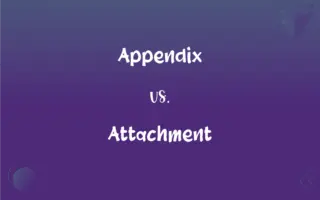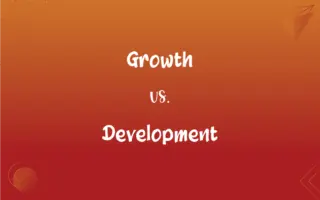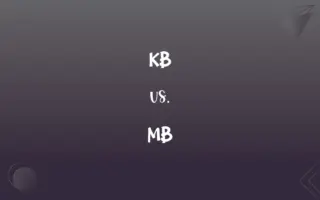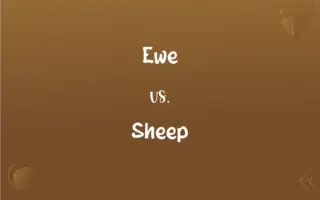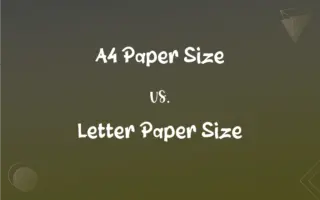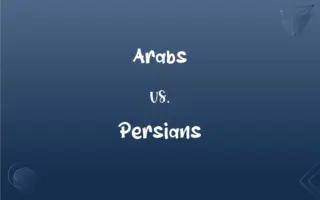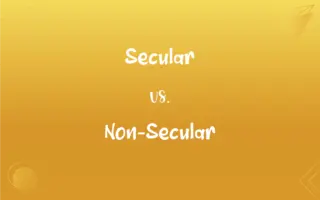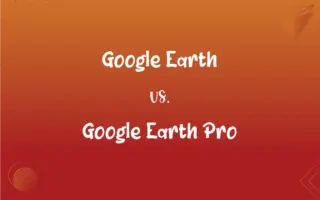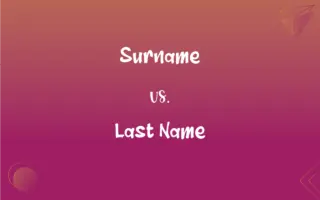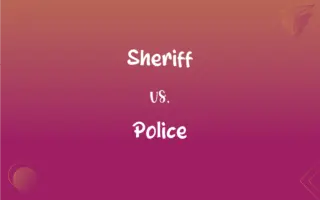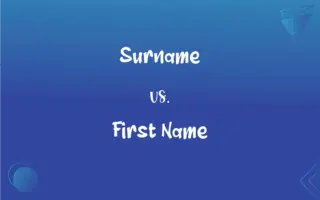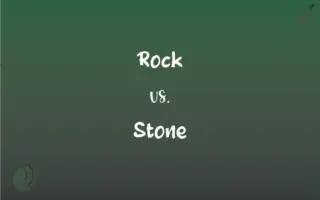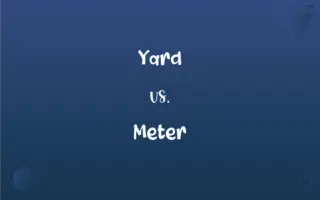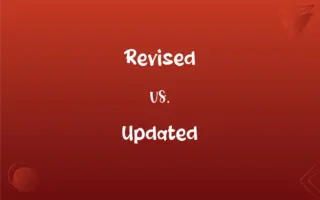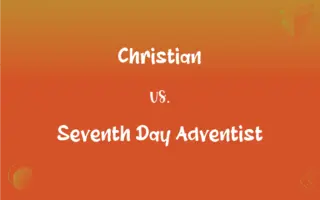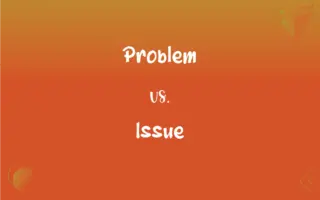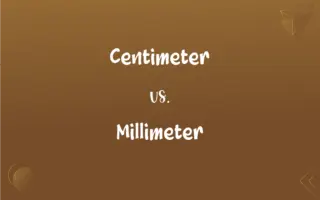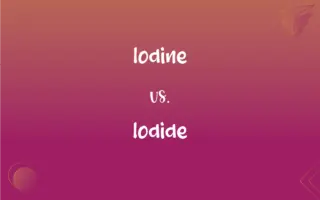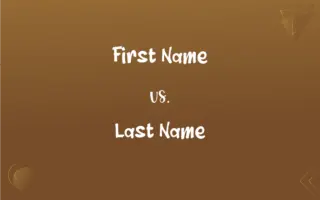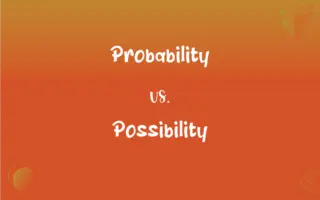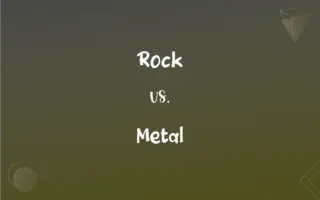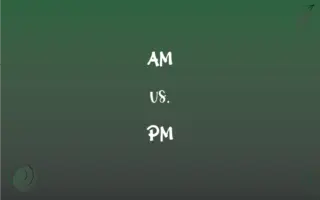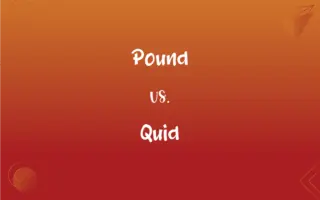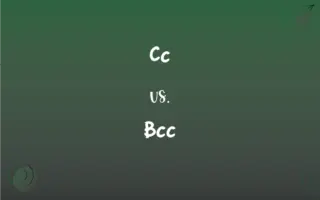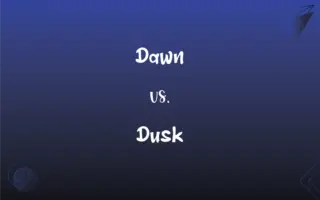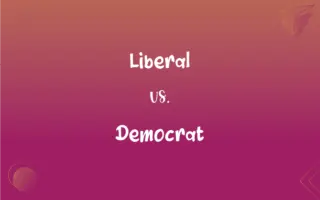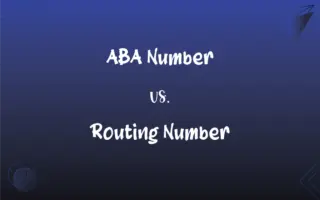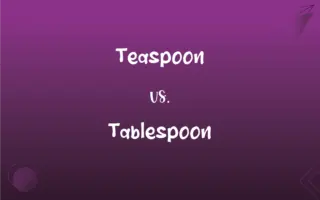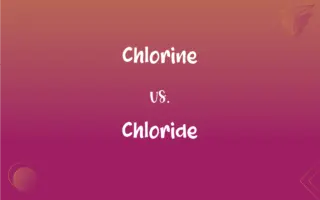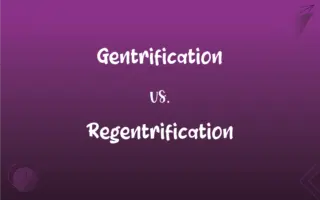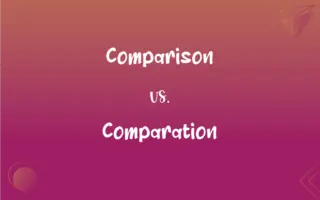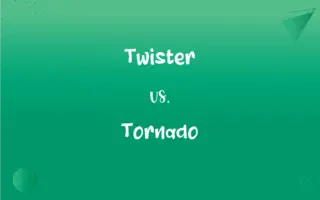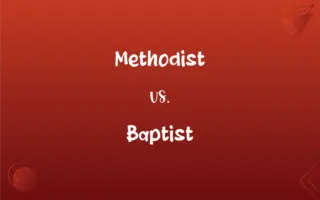Plot vs. Setting: What's the Difference?
Edited by Janet White || By Harlon Moss || Updated on October 18, 2023
Plot is the sequence of events, while setting is the time and place.
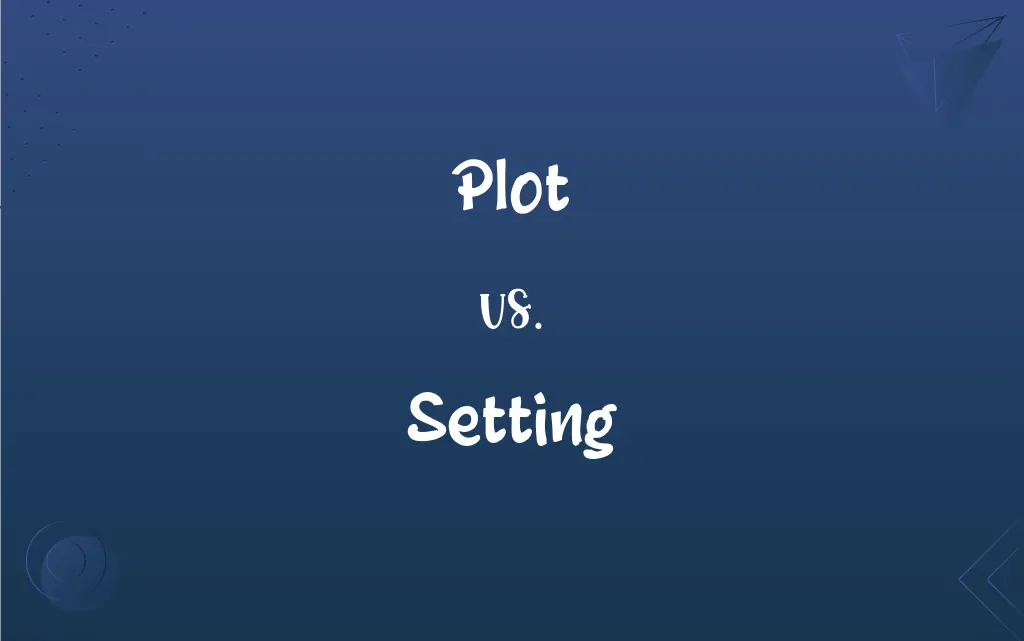
Key Differences
Plot is the sequence of events that make up a story. It refers to the incidents, twists, and turns that occur in a narrative. Setting, on the other hand, describes the environment in which these events take place. It involves the time, location, and context in which a story is set.
Both plot and setting are foundational elements in storytelling. Without a compelling plot, readers might find the story unengaging, regardless of its setting. Yet, without a clear setting, the plot can feel disjointed and the reader might struggle to place the characters and events in context.
A well-crafted story masterfully interweaves both plot and setting, ensuring each complements and enhances the other. Plot propels the narrative forward, bringing suspense, tension, and resolution, while setting provides a backdrop, offering readers insights into culture, era, and locale.
Together, plot and setting create a cohesive, immersive experience for readers, enabling them to fully dive into a narrative world.
Comparison Chart
Definition
Sequence of events in a narrative.
Time and place in which a story takes place.
ADVERTISEMENT
Role
Drives the narrative forward through action and conflict.
Provides context and atmosphere.
Importance
Determines the storyline's structure and progression.
Offers insight into culture, era, and locale.
Dependency
Often requires characters to navigate through challenges.
Can be influenced by climate, history, etc.
Interrelation
Plot developments can be influenced by the setting.
Setting can be a reaction to plot events.
Plot and Setting Definitions
Plot
The main events devised and presented by an author.
The plot of the novel was full of unexpected twists.
ADVERTISEMENT
Setting
The background against which events unfold.
The tropical island was a serene setting for their vacation.
Plot
A structured sequence of events in a story.
The plot of Romeo and Juliet revolves around forbidden love.
Setting
The context or circumstances providing a specific situation.
The setting of the conference was formal and professional.
Plot
A plan or scheme to accomplish a particular end.
Their plot to rob the bank was foiled by the police.
Setting
A place where something is located.
The movie had a beautiful coastal setting.
Plot
A small piece of ground marked out for a specific purpose.
He bought a small plot of land to build his house.
Setting
The time and place in which a story takes place.
The setting of The Great Gatsby is 1920s New York.
Plot
A graphical representation of data.
The plot shows a clear upward trend in sales.
Setting
The position or environment in which something is situated.
The diamond was in a gold setting.
Plot
A small piece of ground, generally used for a specific purpose
A garden plot.
Setting
The position, direction, or way in which something, such as an automatic control, is set.
Plot
A measured area of land; a lot.
Setting
The context and environment in which a situation is set; the background.
FAQs
How does setting influence plot?
Setting can provide challenges or opportunities that shape the plot's direction.
Is the climax part of the plot?
Yes, the climax is a crucial turning point in the plot.
Can there be multiple settings in a story?
Yes, stories can transition between various settings.
What's the primary function of a plot in a story?
The plot provides the sequence of events, driving the narrative forward.
Can a story exist without a setting?
No, every story has a setting, even if it's minimally described.
Are flashbacks considered part of the plot?
Yes, flashbacks are plot devices that provide insight into past events.
Is the plot more important than setting?
Both are essential, but their importance can vary based on the story's focus.
Can a plot be predictable?
While some plots follow familiar patterns, a good plot often contains surprises.
How does setting impact character development?
The environment, era, and locale can influence a character's behavior, beliefs, and actions.
Can the plot change if the setting changes?
Yes, a different setting can lead to different challenges or events in the plot.
Is the resolution part of the plot?
Yes, the resolution concludes and resolves the plot's events.
How detailed should a setting be?
It varies; some stories require detailed settings, while others are more minimal.
What's the difference between setting and backdrop?
While both provide context, setting is integral to the story, while backdrop is more of a general environment.
How do authors introduce a plot?
They can use various techniques, like starting with action or introducing a conflict.
Can settings be fictional?
Absolutely, many stories take place in entirely fictional settings.
Is it essential to resolve every subplot?
Ideally, yes, but some stories intentionally leave subplots open for interpretation.
How does setting enhance a reader's experience?
Setting immerses readers, giving context and atmosphere to the plot.
Can a story have both a historical and futuristic setting?
Yes, through techniques like flashbacks or speculative fiction elements.
What's a subplot?
A subplot is a secondary storyline that runs parallel to the main plot.
Can setting be considered a character in a story?
In some narratives, the setting is so vividly described it feels like a character itself.
About Author
Written by
Harlon MossHarlon is a seasoned quality moderator and accomplished content writer for Difference Wiki. An alumnus of the prestigious University of California, he earned his degree in Computer Science. Leveraging his academic background, Harlon brings a meticulous and informed perspective to his work, ensuring content accuracy and excellence.
Edited by
Janet WhiteJanet White has been an esteemed writer and blogger for Difference Wiki. Holding a Master's degree in Science and Medical Journalism from the prestigious Boston University, she has consistently demonstrated her expertise and passion for her field. When she's not immersed in her work, Janet relishes her time exercising, delving into a good book, and cherishing moments with friends and family.
